The history of urban development in Spain is a rich tapestry that reflects the country’s diverse cultural, architectural, and social influences. Spain’s urban development has been shaped by a variety of factors, including its Roman and Moorish heritage, medieval Christian Reconquista, colonial expansion, industrialization, and contemporary global trends. Here’s a broad overview of key periods and influences in Spain’s urban development:
- Roman Influence (218 BC – 409 AD): The Romans left a significant mark on the Iberian Peninsula, introducing advanced urban planning concepts. Cities like Tarragona and Mérida showcase Roman architectural elements, such as grid layouts, forums, and amphitheaters.
- Visigothic Period (409–711): After the fall of the Roman Empire, the Visigoths established their rule. However, their influence on urban development was limited compared to subsequent periods.
- Moorish Rule (711–1492): The Moors brought Islamic architecture and urban planning to Spain. Cities like Cordoba, Seville, and Granada feature intricate palaces (Alcazars), mosques (like the Mosque-Cathedral of Cordoba), and extensive gardens. The layout of narrow winding streets in some old quarters reflects Moorish influences.
- Reconquista and Christian Rule (711–1492): The Reconquista, a gradual Christian reconquest, led to the establishment of Christian kingdoms. Gothic architecture flourished during this period, with cathedrals like the one in Toledo being prominent examples.
- Golden Age (15th–17th centuries): Spain experienced a period of economic and cultural prosperity during its Golden Age. Cities like Madrid and Barcelona began to take on characteristics of Renaissance and Baroque architecture.
- Colonial Expansion (15th–19th centuries): The exploration and colonization of the Americas and other territories contributed to Spain’s wealth. This wealth influenced the construction of grand buildings, particularly in cities like Seville and Cadiz.
- Enlightenment and Modernization (18th–19th centuries): The Enlightenment brought about changes in urban planning, with a focus on rationality and hygiene. Madrid, in particular, underwent significant urban development during this period.
- Industrialization (19th century): The Industrial Revolution brought urbanization and significant population growth. Cities expanded, and new industrial centers emerged. This period witnessed the construction of railway networks and the development of modern infrastructure.
- Spanish Civil War (1936–1939): The Spanish Civil War and the subsequent Francoist regime had a profound impact on urban development. Cities like Barcelona suffered damage during the war, and the post-war period saw reconstruction efforts.
- Post-Franco Period (1975–present): Spain’s transition to democracy in the mid-1970s marked a new era. Urban development continued, with a focus on modern architecture, infrastructure, and tourism. Cities like Barcelona, Bilbao, and Valencia became known for their contemporary architectural landmarks.
Throughout its history, Spain’s urban development has been a dynamic interplay of various cultural and historical influences, resulting in a diverse and visually captivating urban landscape. Today, Spanish cities continue to evolve, blending historic charm with modern amenities.

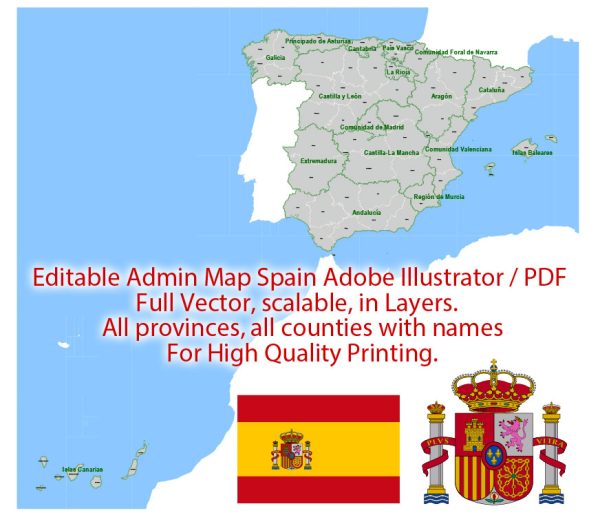
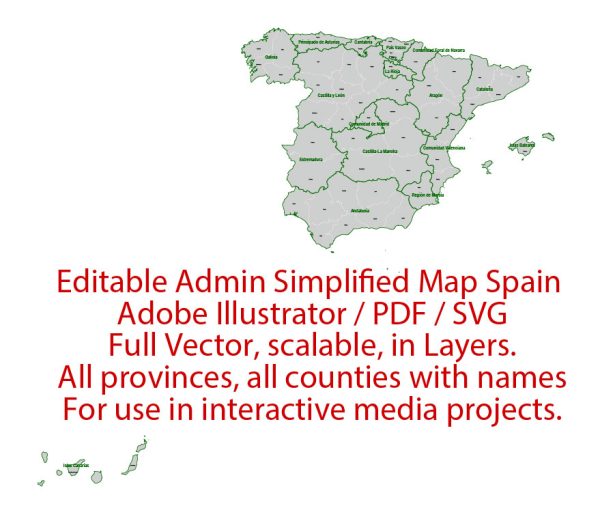
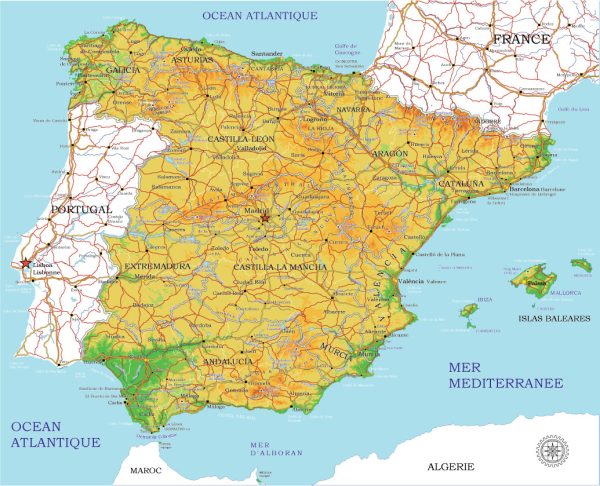
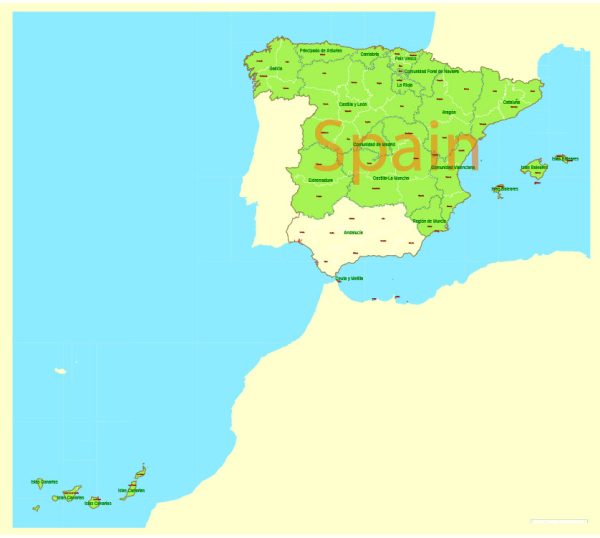
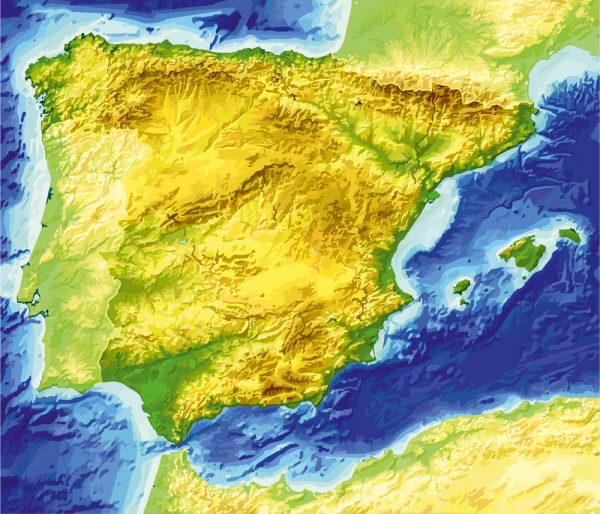
 Author: Kirill Shrayber, Ph.D.
Author: Kirill Shrayber, Ph.D.